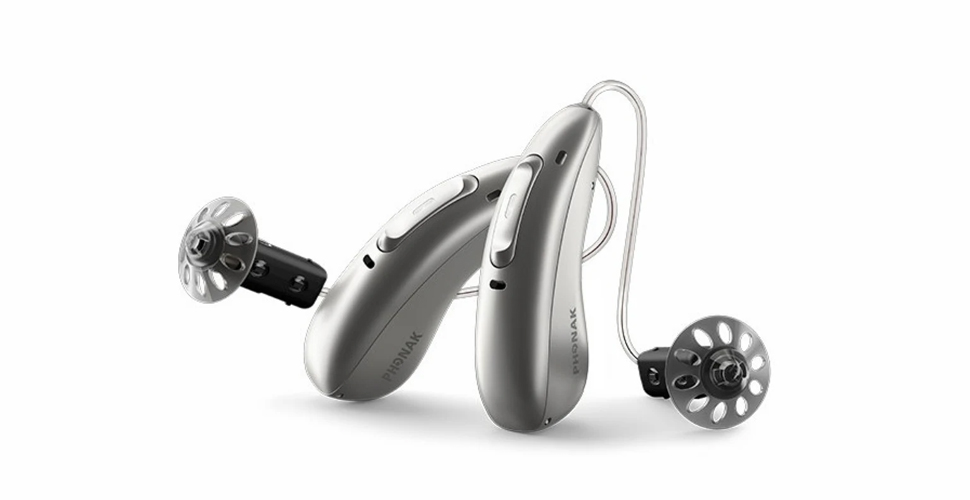
Hearing aids are small electronic devices designed to improve hearing by making sounds clearer and louder for individuals with hearing loss. They are worn in or behind the ear and help users hear better in both quiet and noisy environments. Modern hearing aids are sophisticated tools that not only amplify sound but also filter noise, enhance speech, and connect wirelessly to smartphones and other devices.
How Hearing Aids Work
Hearing aids have three main components:
- Microphone – Captures sound from the environment.
- Amplifier – Increases the volume and processes the sound.
- Speaker (Receiver) – Delivers the amplified sound into the ear.
Some advanced models also include digital signal processors (DSPs), noise reduction algorithms, and Bluetooth connectivity.
Types of Hearing Aids
There are several types of hearing aids, each designed to meet different needs and preferences:
- Behind-the-Ear (BTE): Fits behind the ear; suitable for all ages and most types of hearing loss.
- Receiver-in-Canal (RIC): A smaller BTE version with the speaker inside the ear canal.
- In-the-Ear (ITE): Custom-molded to fit the outer ear; visible but easier to handle.
- In-the-Canal (ITC) & Completely-in-Canal (CIC): Smaller, more discreet styles that fit partly or fully in the ear canal.
Who Can Benefit from Hearing Aids?
Hearing aids can help people with:
- Age-related hearing loss (presbycusis)
- Noise-induced hearing damage
- Genetic hearing issues
- Hearing loss from infection, medication, or injury
A professional hearing test is essential to determine the type and degree of hearing loss and to choose the right hearing aid.
Benefits of Using Hearing Aids
- Improved communication and speech clarity
- Enhanced quality of life and independence
- Reduced listening effort and fatigue
- Better mental and emotional well-being
- Improved social and professional relationships
Modern Features in Hearing Aids
Today's hearing aids often include:
- Bluetooth connectivity for phone calls and media streaming
- Rechargeable batteries
- Automatic sound adjustment
- Directional microphones for better focus in noisy places
- Tinnitus management programs
Maintenance and Care
Regular cleaning, battery checks, and professional servicing are vital for optimal performance. It’s also important to store hearing aids in a dry, safe place and protect them from moisture and heat.
Conclusion
Hearing aids are life-changing devices that empower individuals with hearing loss to reconnect with the world around them. With advancements in technology and personalized fitting by audiologists, hearing aids continue to become more effective, comfortable, and user-friendly. If you or a loved one is experiencing hearing difficulties, consult a hearing care professional to explore suitable hearing aid options.
